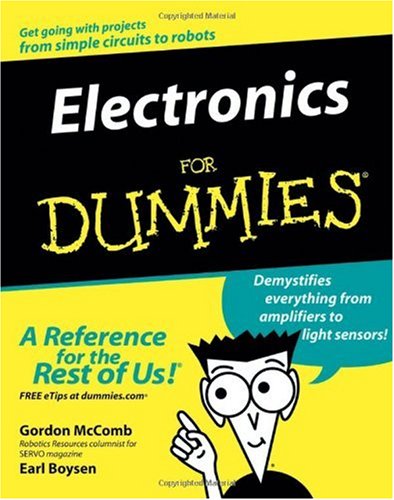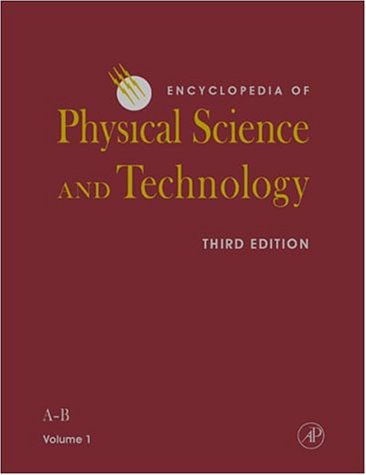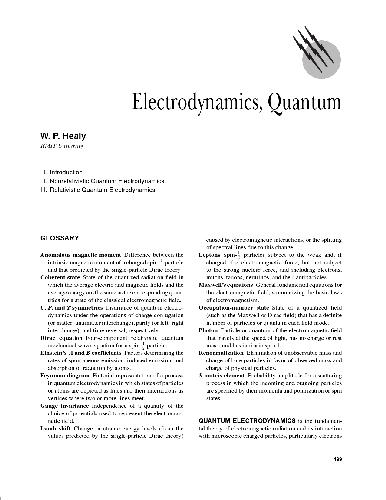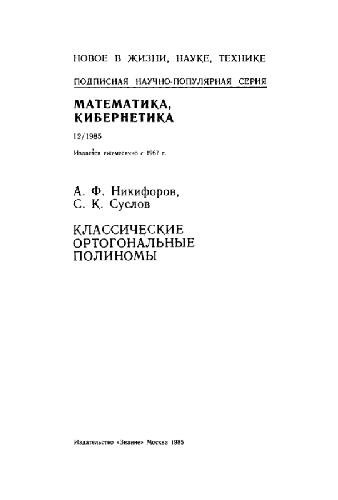Gordon McComb, Earl Boysen9780764576607, 0764576607
You can make all sorts of things, once you understand what electronics is and how it works. This book helps you out with that part, explaining the whole thing in plain English. Learn how electricity functions, how to harness it and put it to work, what tools you need to build circuits, what you can make with them, and how to do it safely.
Mystery solved – understand what makes your iPod, remote control, and computer work Essential stuff – outfit your electronics lab with all the necessary tools, including some that will surprise you Schematic road maps – learn to read schematics and understand how they help your project get where it’s going Symbols of power – recognize all the identifiers for power sources, grounds, and components Tools of the trade – discover how to use a multimeter, logic probe, oscilloscope, and solderless breadboard Break it down – get to know the ins and outs of components such as resistors, capacitors ,diodes and transistors Getting it together – find out how integrated circuits make all the rest possible and learn to work with them & Analyze it – understand the rules that govern current and voltage and learn how to apply them
Open the book and find:
The difference between electronics and electricity A list of essential tools Cool projects you can build quickly Great places to find parts Important safety tips What a sine wave is Interesting stuff about speakers, buzzers, and DC motors Ohm’s Law and how to use it
Table of contents :
Content: pt. I. Understanding the fundamentals of electronics. What is electronics and what can it do for you? —
Manipulating electricity to make something happen —
Meeting up with resistance —
Getting a charge out of capacitors —
Curling up with coils and crystals —
The wide world of semiconductors —
Packing parts together on integrated circuits —
Rounding out your parts list —
pt. II. Getting your hands dirty. Setting up shop and ensuring your safety —
Reading schematics —
Constructing circuits —
Measuring and analyzing circuits —
Getting down with logic probes and oscilloscopes —
pt. III. Putting theory into practice. Exploring some learning circuits —
Great projects you can build in 30 minutes or less —
pt. IV. The part of tens. Ten (or so) terrific tips to help you succeed —
Ten (or so) great electronics parts sources.







Reviews
There are no reviews yet.